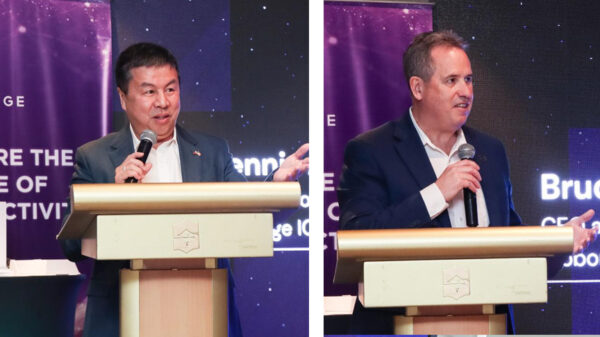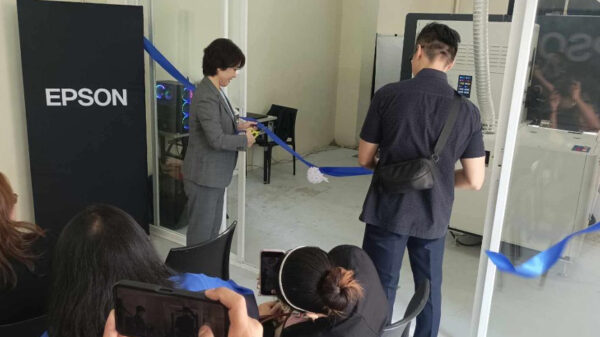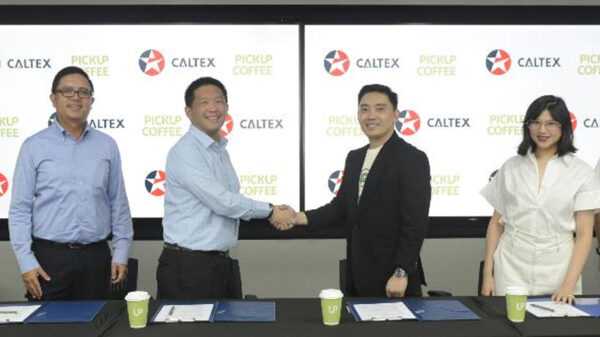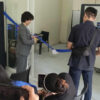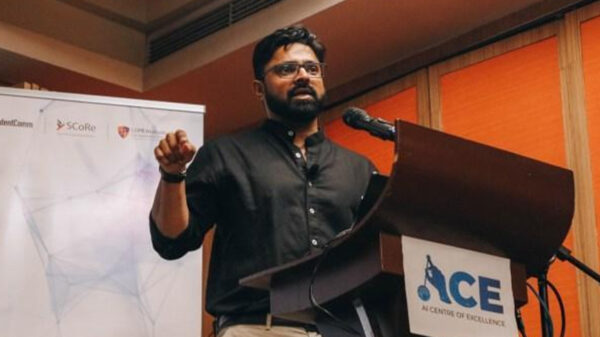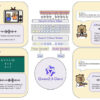If there’s one thing we Filipinos have learned in the past month, it’s that natural calamities have become more destructive, unpredictable, and frequent in recent years. Beginning last October, the country was battered by six successive typhoons, bringing widespread flooding, damage, and losses. The devastation brought about by these natural disasters indicates the urgent need to level up our disaster and risk preparedness.
Dr. Cris Edward F. Monjardin, co-founder of the WEHLO project and program chair of Mapúa University’s Civil Engineering program, explained that it was important for citizens to accept the reality of climate change and its effects. According to him, this global crisis is the culprit behind the intensified typhoons and worsened flooding that the country experienced in recent months.
An expert in disaster risk reduction and management, focusing on water resources and environmental management, Dr. Monjardin began studying the field when he received his Civil Engineering degree. His first project was the Mapúa Phil-LiDAR Project for Flood Hazard Mapping of Region IV-A. Two years later, he led the Automated Real-time Monitoring System (ARMS) project as a supervising science research specialist. Afterwards, he worked as chief science research specialist for the Flood Risk Assessment for Mitigation and Effective Response (FRAMER) project.
Each project enabled him to understand the challenges and intricacies of water resource management, flood risk assessment and control, and the complexities of disaster reduction efforts. They also inspired him to develop an innovative solution called WEHLO or Weather Environment and Hydromet Solutions, an international-standard weather monitoring system that local government units (LGUs) can use for disaster management. It uses a combination of sensors and models that LGUs can strategically install within their locality to help the community prepare immediately for different kinds of natural disasters.
This affordable, cutting-edge system ensures that even far-flung communities will have the tools and a system to make the people equipped for and prepared before, during, and after disasters. WEHLO is currently being pilot tested in Angat, Bulacan, for agriculture and Infanta Quezon and General Nakar for Disaster Management. Indeed, an impactful and life-saving innovation, WEHLO also has the support of the Department of Science and Technology (DOST), who funds the project.
However, Dr. Monjardin explained that this innovation is just one component or tool for disaster preparedness. Especially for a country within the Pacific Ring of Fire, Filipinos must take comprehensive measures to lessen their exposure and vulnerability to natural disasters.
“We can reduce exposure by improving land-use planning. Numerous hazard maps and models developed through government and research initiatives provide valuable spatial data identifying areas with high hazard levels. Utilizing this information, we can revise land-use plans to avoid development in highly exposed areas or relocate communities into a safer area,” said Dr. Monjardin.
He emphasized that strengthening our infrastructure and educating communities on disaster preparedness and response will lessen the country’s vulnerability to calamities. Accurate weather information and real-time data will also help decision-makers forecast floods, plan and implement emergency responses, and manage resources. Long-term data can be used for land-use planning, risk mapping, and assessing the capacity of drainage systems, dams, reservoirs, and infrastructure.
Although government agencies such as the Philippine Atmospheric, Geophysical and Astronomical Services Administration (PAGASA), MGB (Mines and Geosciences Bureau), DPWH (Department of Public Works and Highways, NDRRMC (National Disaster Risk Reduction and Management Council), and LGUs tirelessly work to enhance the country’s disaster resilience and calamity response, they should not be the only ones making an effort to keep the country safe. Every citizen should do their part in disaster preparedness—from students to homemakers and professionals.
Filipino scientists and researchers also play a crucial role in disaster and risk mitigation since they can conceptualize and tailor technologies to suit local contexts. They can also collaborate with government agencies and organizations to integrate scientific knowledge into disaster management strategies.
Dr. Monjardin also impressed that students should be taught the value of caring for their surroundings and the well-being of others at a young age. Instead of just teaching students the technicalities of disaster management, they should learn the ethics of care and compassion since these values will encourage them to actively lead disaster preparedness efforts or devise solutions to address them.
He added that he hopes more people will recognize the importance of these efforts and understand how disaster resilience benefits everyone so they can collectively pitch in. Disaster preparedness creates a more secure and sustainable future for our country.
“Building resilience against disasters is not just about saving lives—it’s about fostering progress. By mitigating the impacts of disasters, we can prevent the loss of billions of pesos in products and properties, funds that could otherwise be used to drive economic development and improve quality of life,” said Dr. Monjardin.


